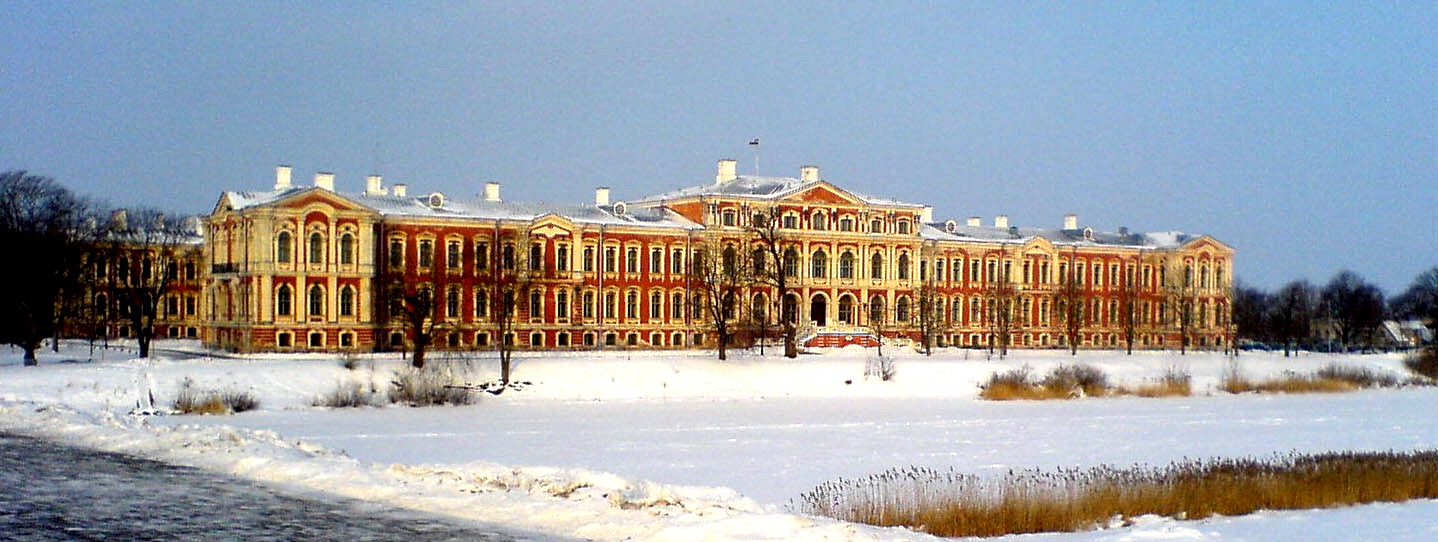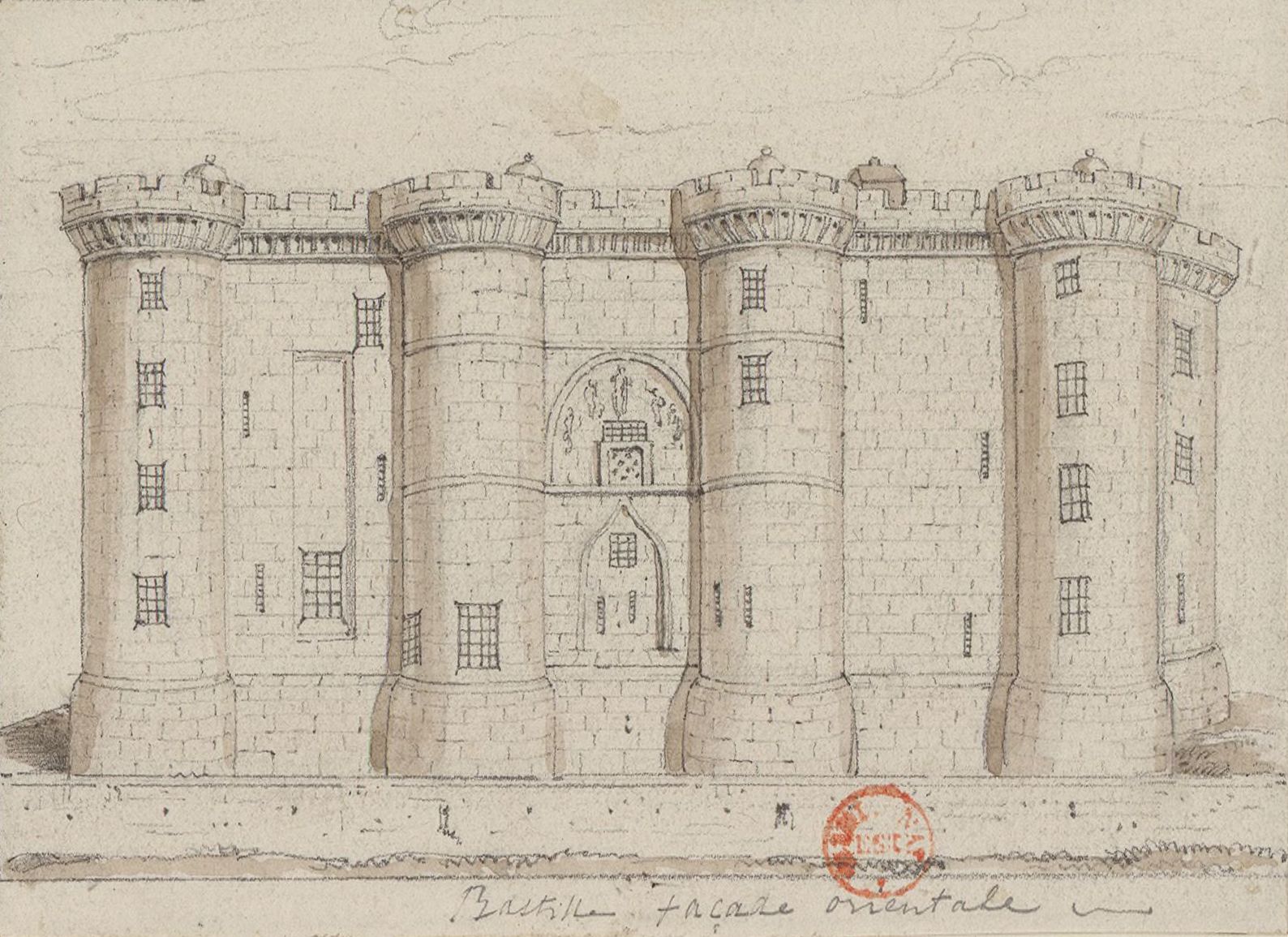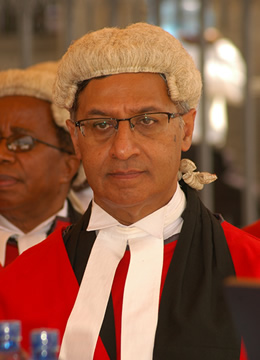|
Garde Du Corps (France)
The ''Gardes du Corps du Roi'' () was a cavalry unit of the ''maison militaire du roi de France''. History Foundation The oldest unit in the ''Garde du Corps'' was the Company of Scottish Archers, later just the 1st Scottish Company or ''Garde Écossaise'', formed in 1419 from Scottish people, Scots that fought for the French during Hundred Years' War. This unit was created at an uncertain date between 1423 and 1448. Subsequently, two further French companies were raised. A final company was established on 17 March 1515. Each of the four companies initially numbered less than a hundred men. Active service In the Battle of Fornovo during the Italian Wars the ''Garde du Corps'' saved King Charles VIII of France, Charles VIII from being captured by enemy forces. Later in the Italian Wars they failed to save Francis I of France, Francis I from being captured in the Battle of Pavia. The last time the ''Garde du Corps'' campaigned was during the War of the Austrian Succession because ... [...More Info...] [...Related Items...] OR: [Wikipedia] [Google] [Baidu] |
Maison Militaire Du Roi De France
The ''maison militaire du roi de France'' (, ''military household of the king of France'') were the Royal guard, military branch of the Maison du Roi, the royal household of the List of French monarchs, French monarchy. Officially part of the French Royal Army, like the rest of the Maison du Roi the ''maison militaire'' was under the authority of the Secretary of State of the Maison du Roi. However, the formation depended on the ''ordinaire des guerres'', controlled by the Secretary of State for War (France), Secretary of State for War, for their budget. Under Louis XIV, these two officers of state were given joint command of the ''maison militaire''. Composition The household was akin to the British Household Division in that it comprised a number of both cavalry and infantry units, serving as the sovereign's personal guard as well as elite troops during war. Recruitment to some of its units was limited to gentlemen, like the ''gardes du corps'' and ''Mousquetaires de la Garde'' ... [...More Info...] [...Related Items...] OR: [Wikipedia] [Google] [Baidu] |
French Guards
The French Guards (, ) were an elite infantry regiment of the French Royal Army. They formed a constituent part of the maison militaire du roi de France ("military household of the king of France") under the Ancien Régime. The French Guards, who were located in Paris, played a major part in the French Revolution as most of the guardsmen defected to the revolutionary cause and ensured the collapse of absolute monarchy in France. French Guards led the Storming of the Bastille and formed the cadre for the National Guard. History The regiment was created in 1563 by Charles IX. It was composed of 9,000 men in 30 companies in 1635 with 300 fusiliers per company. They were armed with a form of musket (''"fusils"'') or steel-handled pikes, and were allowed to conduct a normal civilian life in times of peace. In practice this meant that they could undertake civilian employment when not required on duty. At Catherine de' Medici's insistence, they were at first spread over several ga ... [...More Info...] [...Related Items...] OR: [Wikipedia] [Google] [Baidu] |
Louis XVIII
Louis XVIII (Louis Stanislas Xavier; 17 November 1755 – 16 September 1824), known as the Desired (), was King of France from 1814 to 1824, except for a brief interruption during the Hundred Days in 1815. Before his reign, he spent 23 years in exile from France beginning in 1791, during the French Revolution and the First French Empire. Until his accession to the throne of France, he held the title of Count of Provence as brother of King Louis XVI, the last king of the ''Ancien Régime''. On 21 September 1792, the National Convention abolished the monarchy and deposed Louis XVI, who was later Execution of Louis XVI, executed by guillotine. When his young nephew Louis XVII died in prison in June 1795, the Count of Provence claimed the throne as Louis XVIII. Following the French Revolution and during the Napoleonic era, Louis XVIII lived in exile in Kingdom of Prussia, Prussia, Kingdom of Great Britain, Great Britain, and Russian Empire, Russia. When the War of the Sixth ... [...More Info...] [...Related Items...] OR: [Wikipedia] [Google] [Baidu] |
Bourbon Restoration In France
The Bourbon Restoration was the period of French history during which the House of Bourbon returned to power after the fall of Napoleon, Napoleon Bonaparte in 1814 and 1815. The second Bourbon Restoration lasted until the July Revolution of 1830, during the reigns of Louis XVIII (1814–1815, 1815–1824) and Charles X of France, Charles X (1824–1830), brothers of the late King Louis XVI. Exiled supporters of the monarchy returned to France, which had been profoundly changed by the French Revolution. Exhausted by the Napoleonic Wars, the kingdom experienced a period of internal and external peace, stable economic prosperity and the preliminaries of industrialisation. Background Following the collapse of the French Directory, Directory in the Coup of 18 Brumaire (9 November 1799), Napoleon Bonaparte became ruler of France as leader of the French Consulate, Consulate. By the Consulate's end with the creation of the First French Empire on 18 May 1804, Napoleon had consolidated hi ... [...More Info...] [...Related Items...] OR: [Wikipedia] [Google] [Baidu] |
Napoleon
Napoleon Bonaparte (born Napoleone di Buonaparte; 15 August 1769 – 5 May 1821), later known by his regnal name Napoleon I, was a French general and statesman who rose to prominence during the French Revolution and led Military career of Napoleon, a series of military campaigns across Europe during the French Revolutionary and Napoleonic Wars from 1796 to 1815. He led the French First Republic, French Republic as French Consulate, First Consul from 1799 to 1804, then ruled the First French Empire, French Empire as Emperor of the French from 1804 to 1814, and briefly again in 1815. He was King of Italy, King of Kingdom of Italy (Napoleonic), Italy from 1805 to 1814 and Protector of the Confederation of the Rhine, Protector of the Confederation of the Rhine from 1806 to 1813. Born on the island of Corsica to a family of Italian origin, Napoleon moved to mainland France in 1779 and was commissioned as an officer in the French Royal Army in 1785. He supported the French Rev ... [...More Info...] [...Related Items...] OR: [Wikipedia] [Google] [Baidu] |
The Women's March On Versailles
The Women's March on Versailles, also known as the Black March, the October Days or simply the March on Versailles, was one of the earliest and most significant events of the French Revolution. The march began among women in the marketplaces of Paris who, on the morning of 5 October 1789, were nearly rioting over the high price of bread. The unrest quickly became intertwined with the activities of revolutionaries seeking liberal political reforms and a constitutional monarchy for France. The market women and their allies ultimately grew into a crowd of thousands. Encouraged by revolutionary agitators, they ransacked the city armory for weapons and marched on the Palace of Versailles. The crowd besieged the palace and, in a dramatic and violent confrontation, they successfully pressed their demands upon King Louis XVI. The next day, the crowd forced the king and his family to return with them to Paris. Over the next few weeks most of the French assembly also relocated to the ca ... [...More Info...] [...Related Items...] OR: [Wikipedia] [Google] [Baidu] |
Bastille
The Bastille (, ) was a fortress in Paris, known as the Bastille Saint-Antoine. It played an important role in the internal conflicts of France and for most of its history was used as a state prison by the kings of France. It was stormed by a crowd on 14 July 1789, in the French Revolution, becoming an important symbol for the French Republican movement. It was later demolished and replaced by the Place de la Bastille. The castle was built to defend the eastern approach to the city from potential English attacks during the Hundred Years' War. Construction was underway by 1357, but the main construction occurred from 1370 onwards, creating a strong fortress with eight towers that protected the strategic gateway of the Porte Saint-Antoine heading out to the east. The innovative design proved influential in both France and England and was widely copied. The Bastille figured prominently in France's domestic conflicts, including the fighting between the rival factions of the Bur ... [...More Info...] [...Related Items...] OR: [Wikipedia] [Google] [Baidu] |
Palace Of Versailles
The Palace of Versailles ( ; ) is a former royal residence commissioned by King Louis XIV located in Versailles, Yvelines, Versailles, about west of Paris, in the Yvelines, Yvelines Department of Île-de-France, Île-de-France region in France. The palace is owned by the government of France and since 1995 has been managed, under the direction of the Ministry of Culture (France), French Ministry of Culture, by the Public Establishment of the Palace, Museum and National Estate of Versailles. About 15,000,000 people visit the palace, park, or gardens of Versailles every year, making it one of the most popular tourist attractions in the world. Louis XIII built a hunting lodge at Versailles in 1623. His successor, Louis XIV, expanded the château into a palace that went through several expansions in phases from 1661 to 1715. It was a favourite residence for both kings, and in 1682, Louis XIV moved the seat of his court and government to Versailles, making the palace the ''de fact ... [...More Info...] [...Related Items...] OR: [Wikipedia] [Google] [Baidu] |
French Royal Army
The French Royal Army () was the principal land force of the Kingdom of France. It served the Bourbon dynasty from the reign of Louis XIV in the mid-17th century to that of Charles X in the 19th, with an interlude from 1792 to 1814 and another during the Hundred Days in 1815. It was permanently dissolved following the July Revolution in 1830. The French Royal Army became a model for the new regimental system that was to be imitated throughout Europe from the mid-17th century onward. It was regarded as Europe's greatest military force for much of its existence. Early history The first permanent army of France, which was paid with regular wages instead of being supplied by feudal levies, was established in the early 15th century under Charles VII. It was formed due to the need for reliable troops during the Hundred Years' War, though the Army was not disbanded because it saw continued use by the Kings of France following the conflict. Upon the outbreak of a conflict, an ordonn ... [...More Info...] [...Related Items...] OR: [Wikipedia] [Google] [Baidu] |
Line Infantry
Line infantry was the type of infantry that formed the bulk of most European land armies from the mid-17th century to the mid-19th century. Maurice of Nassau and Gustavus Adolphus are generally regarded as its pioneers, while Henri de la Tour d'Auvergne, Vicomte de Turenne, Turenne and Raimondo Montecuccoli, Montecuccoli are closely associated with the post-1648 development of linear infantry tactics. For both battle and parade drill, it consisted of two to four ranks of foot soldiers drawn up side by side in rigid alignment, and thereby maximizing the effect of their firepower. By extension, the term came to be applied to the regular regiments "of the line" as opposed to light infantry, skirmishers, militia, Combat service support, support personnel, plus some other special categories of infantry not focused on heavy front line combat. Linear tactics and function Line infantry mainly used three formations in its battles: the line, the square, and the column. With the univer ... [...More Info...] [...Related Items...] OR: [Wikipedia] [Google] [Baidu] |
Court Dress
Court dress comprises the style of clothes and other attire prescribed for members of court, courts of law. Depending on the country and jurisdiction's traditions, members of the court (judges, magistrates, and so on) may wear formal robes, gowns, collars, or wigs. Within a certain country and court setting, there may be many times when the full formal dress is not used. Examples in the UK include many courts and tribunals including the Supreme Court of the United Kingdom, and sometimes trials involving children. Commonwealth countries United Kingdom The Supreme Court Members of the old Judicial Committee of the House of Lords (or "Law Lords") and the Judicial Committee of the Privy Council never wore court dress (although advocates appearing before them did). Instead, they were dressed in ordinary business clothing in accordance with the fashion of their time. Since the creation of the Supreme Court of the United Kingdom in 2009, the Justices of that court have retained th ... [...More Info...] [...Related Items...] OR: [Wikipedia] [Google] [Baidu] |








